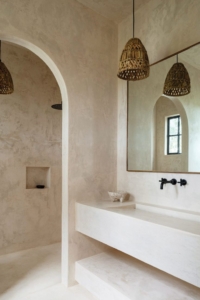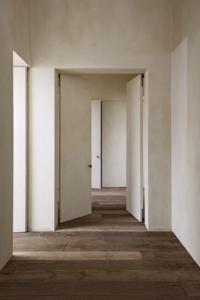Stucco vs. Traditional Plaster: Which Is Right For Your Walls?
When it comes to interior and exterior wall finishes, two classic options are often considered: stucco and traditional plaster. Both have unique characteristics and applications, making them suitable for different situations. In this blog post, we’ll compare stucco and traditional plaster to help you determine which is the right choice for your walls.
Understanding Stucco
Stucco is a traditional building material made from a mixture of cement, sand, lime, and water. It’s known for its durability and is often used on exterior walls. Here are some key characteristics of stucco:
Exploring Traditional Plaster
Traditional plaster, on the other hand, is a versatile material made from gypsum, lime, or cement. It’s often used for both interior and exterior wall applications. Here are some characteristics of traditional plaster:
Choosing Between Stucco and Traditional Plaster
The choice between stucco and traditional plaster largely depends on your specific needs and preferences:
Both stucco and traditional plaster have their unique strengths and applications. To choose the right one for your walls, consider the factors such as location (interior or exterior), desired aesthetics, maintenance requirements, and budget. Consulting with a professional contractor or designer can help you make an informed decision and ensure your walls are finished to perfection.





